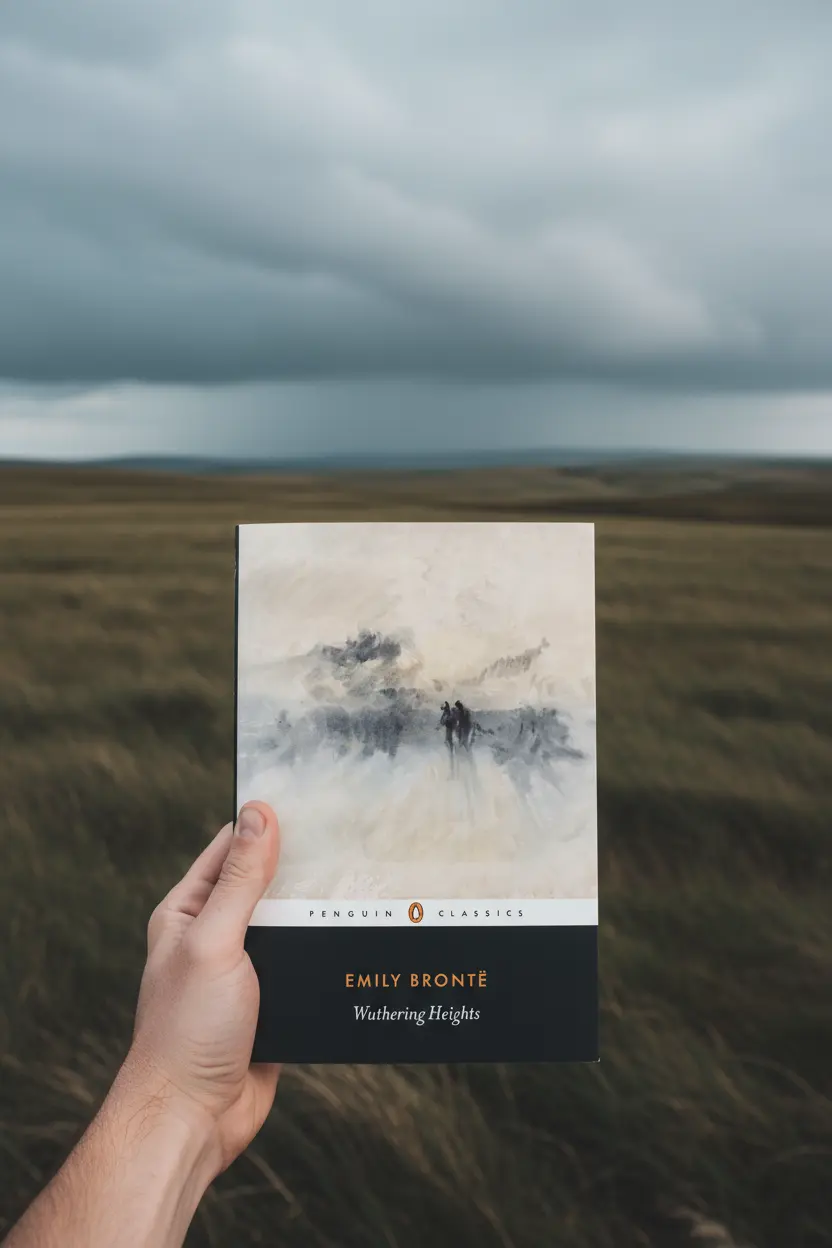
Ultimate Airbnb Tour de France 2025 Guide – Best Stays & Cities
The Airbnb Tour de France search trend is rising fast, and for good reason. The 2025 Tour de France will begin in Lille and end
SHARE THIS POST

Wuthering Heights, first published in 1847 under the name Ellis Bell, stands as Emily Brontë’s only novel and one of English literature’s most enduring works. Early reception labeled it brutal and strange. Modern readers and critics recognize a landmark of Gothic fiction, narrative experimentation, and psychological intensity. This wuthering heights book review focuses on craft, character, and the novel’s lasting power.
The novel’s reputation rests on its refusal to soften passion or cruelty. Brontë places a storm of feeling on the Yorkshire moors, a landscape that mirrors the characters. What once seemed unruly now reads as visionary in scope and method.
The plot traces the destructive bond between Heathcliff, an outsider consumed by love and grievance, and Catherine Earnshaw, divided between desire and social ambition. Their choices set off a cycle of vengeance that entangles the Earnshaws and Lintons across generations. The story unfolds through layered narrators, chiefly Mr Lockwood and housekeeper Nelly Dean, whose testimonies create mystery and distance.
Brontë’s prose is lyrical and raw, shifting from stark dialogue to fevered description. The structure uses stories within stories, a design that invites interpretation and mistrust. The result is a narrative that feels intimate and mythic at once.
The moors function like a living presence, harsh and beautiful, a stage that amplifies stormy feeling.
Strengths: uncompromising vision, atmospheric setting, morally complex characters, daring structure. Limitations: shifting narrators can confuse, relentless darkness may overwhelm readers expecting a gentle romance.
Unlike Jane Austen’s social comedies or Charlotte Brontë’s more balanced Jane Eyre, Emily Brontë offers little comfort. The novel aligns with Gothic traditions yet remains singular in intensity and design.
Less suited for readers seeking light romance or straightforward plotting.
Wuthering Heights is not a conventional love story, it is a study of obsession and destruction, as well as a meditation on endurance across generations. More than a century and a half later, the book still provokes debate and fascination. Verdict: 5 out of 5, difficult, disturbing, unforgettable.
For broader context and critical history, consult Encyclopaedia Britannica, The British Library, and The Guardian books pages. These outlets offer timelines, essays, and archival materials that enrich understanding of the novel and its reception.
Explore additional classics and modern epics: Book Review of All the Light We Cannot See, Shantaram Novel Book Review, Wreck a Novel Book Review. For reading organization and note taking, consider the Book Tracker Template for quotes, progress charts, and reading logs.
Subscribe for unbiased reviews and easy-to-use tools that help you choose and track your next read.
SHARE THIS POST

The Airbnb Tour de France search trend is rising fast, and for good reason. The 2025 Tour de France will begin in Lille and end
Trying to stay on top of your reading goals in 2025? Forget the messy notes app or half-finished Goodreads challenge. The right reading tracker template

Wuthering Heights Book Review | Emily Brontë Gothic Masterpiece Wuthering Heights, first published in 1847 under the name Ellis Bell, stands as Emily Brontë’s only
Subscribe for unbiased reviews and easy-to-use tools that help you choose and track your next read.